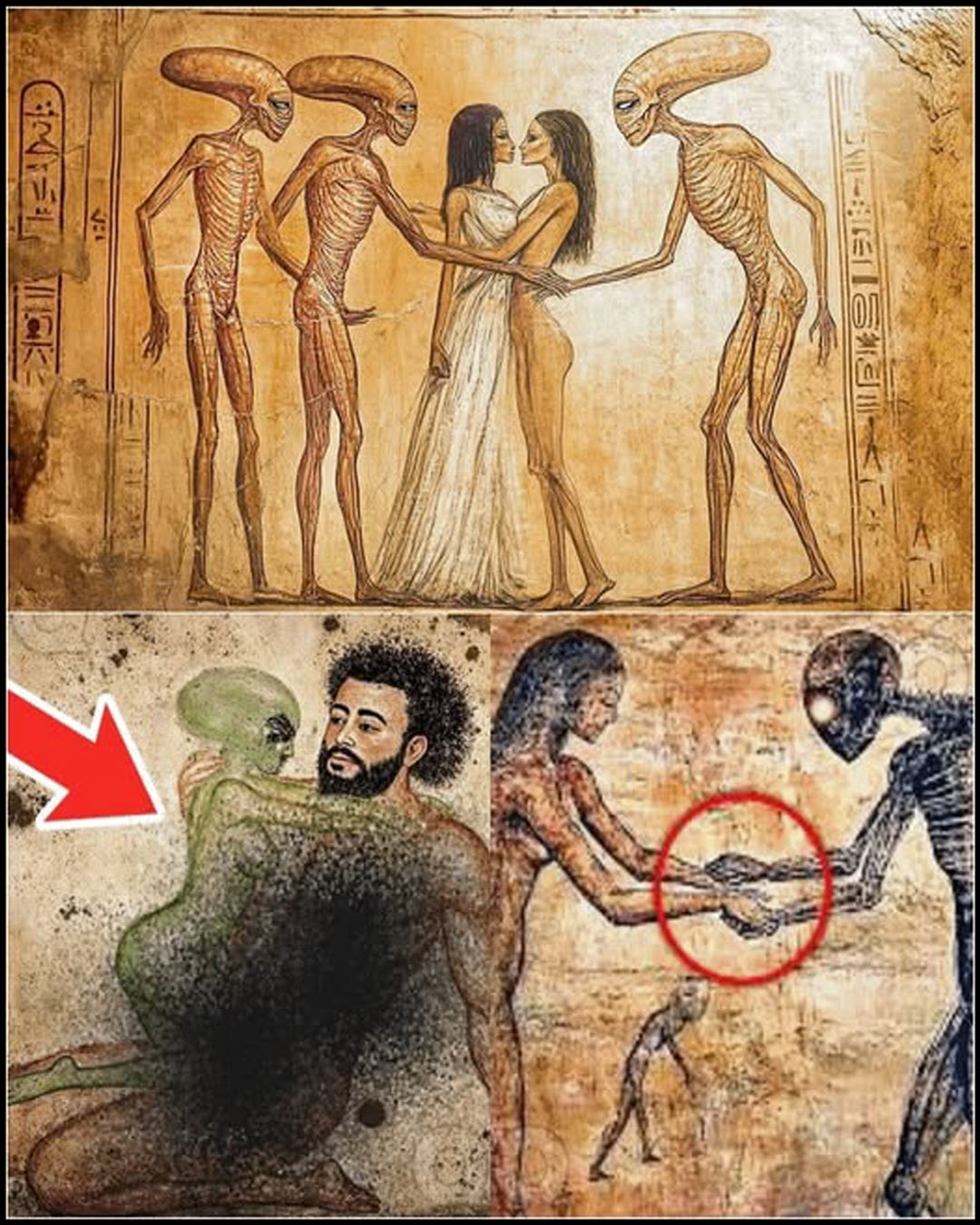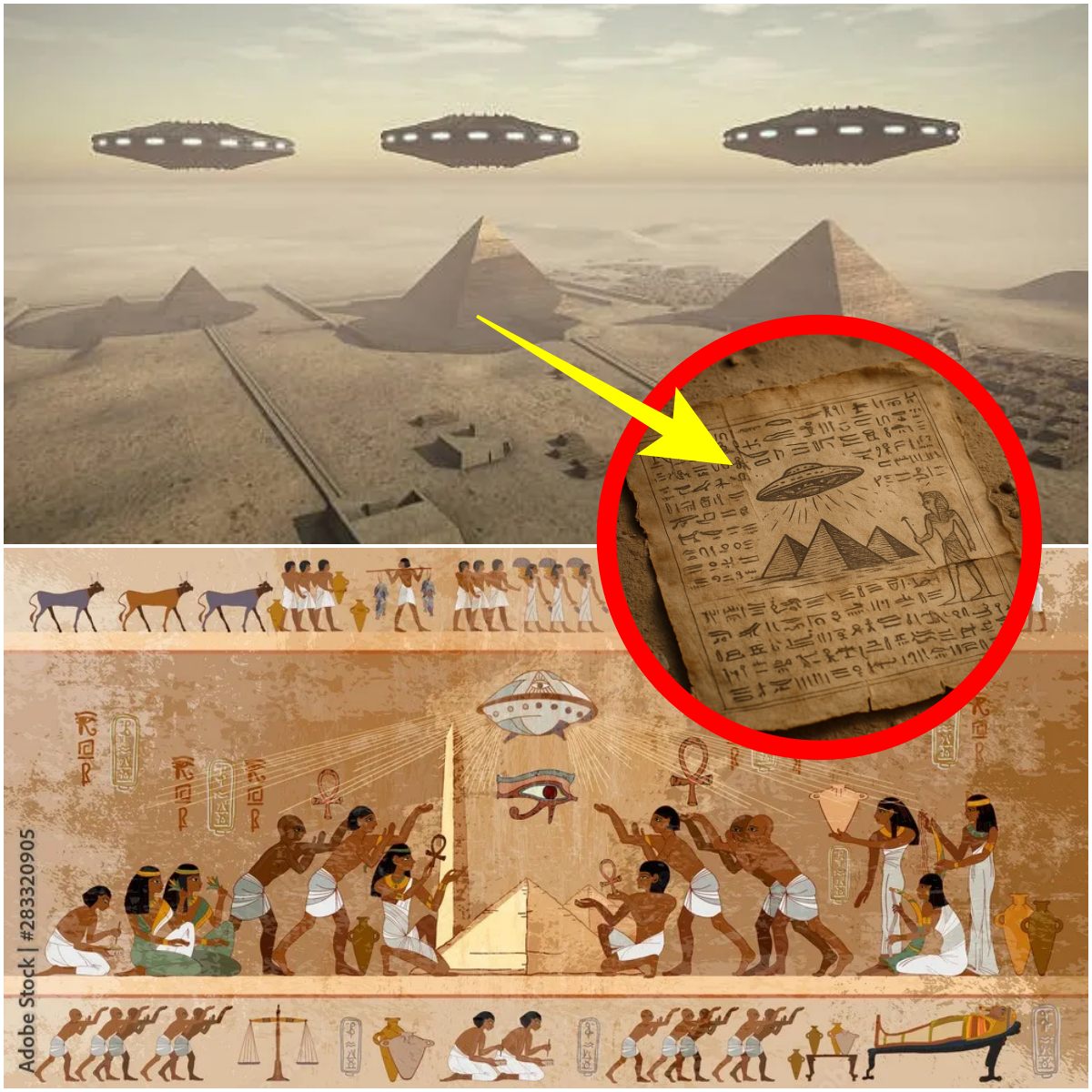The Truth Behind the “500-Year-Old Illegal Ethiopian Bible” – Decoding Ethiopia’s Oldest Manuscript
 While the viral claim may be misleading, it seems to loosely reference ancient Ethiopian religious texts, most likely the Garima Gospels. These manuscripts, housed in Ethiopia’s Abba Garima Monastery, are not “illegal” but are, in fact, considered the oldest surviving Ethiopian manuscripts and among the earliest complete illustrated Christian manuscripts in the world.
While the viral claim may be misleading, it seems to loosely reference ancient Ethiopian religious texts, most likely the Garima Gospels. These manuscripts, housed in Ethiopia’s Abba Garima Monastery, are not “illegal” but are, in fact, considered the oldest surviving Ethiopian manuscripts and among the earliest complete illustrated Christian manuscripts in the world.
Monastic tradition suggests the first two Garima Gospels manuscripts were written around the year 500. Recent radiocarbon dating supports this, with samples from Garima 2 dating to approximately 390–570 AD, and Garima 1 to approximately 530–660 AD. These gospels are written in Ge’ez, an ancient South Semitic language used in the Kingdom of Axum and still used in the Ethiopian Church.

The claim that these texts reveal “terrifying knowledge” is unsubstantiated. The Garima Gospels contain the four canonical Gospel Books, along with supplementary material such as lists of Gospel chapters. These texts are invaluable resources for biblical scholars, offering insights into the Ethiopic version of the Gospels and the early Byzantine text-type.
The origin of the “terrifying knowledge” claim is unclear, but it appears to be a sensationalized interpretation, possibly linked to various online conspiracy theories. It is important to note that the manuscripts are not 500 years old, but closer to 1500 years old.
While the Garima Gospels are undoubtedly significant historical and religious artifacts, the claim that they contain “terrifying knowledge” should be regarded with skepticism. It serves as a reminder to critically evaluate information encountered online, especially when it involves sensational claims and lacks credible sourcing.







